When we think about data online, it can feel that data collection is happening all around us and we have no idea where it’s going or how it’s affecting our experience online. Over time, platforms have become more transparent about this data usage, specifically, data usage in regard to advertising.
Over the past 5 years, I’ve had multiple conversations with people about how Facebook ad tracking works and if done appropriately, can be effective for the marketer and comfortable for the user. This piece will review how Facebook ads work, and how you can clean up your newsfeed from ads that don’t apply to you. What this piece is not, is a clickbait article on “the 6 ways to get a 100% conversion rate on Facebook”. Before we go too deep down this road, I should mention that Facebook owns Instagram. The ad platform is the same between the two properties. Everything I write about Facebook ads, applies to Instagram as well. Google has a similar ad tracking process but for now, let’s just keep it on the big blue app.
There are a number of ways ads appear on Facebook but I’ll focus on two. If you’re just here to see what data Facebook uses to show you ads, click here and we will just skip to that. The first is retargeted tracking, and the other is what I will call “profile tracking”. Retargeted tracking is the practice of when you log into Facebook and visit another site. Then you come back to Facebook and see ads from the site you just visited. This is called “retargeting”. The other process, “profile tracking” is creating an ad to appear on Facebook where the marketer targets by information in your Facebook profile.
To begin, know that if you have a Facebook account or go to a website that uses Facebook tech in some way (like the “share” or “like” button) Facebook drops a “Cookie” into your browser. A Cookie is a mechanism that allows your web browser (Chrome for example) to save data and sometimes send that data back to another server. In our case, that server is Facebook. If you go into your Chrome privacy settings, you can see what cookies are stored in your browser. You will most certainly see Facebook.
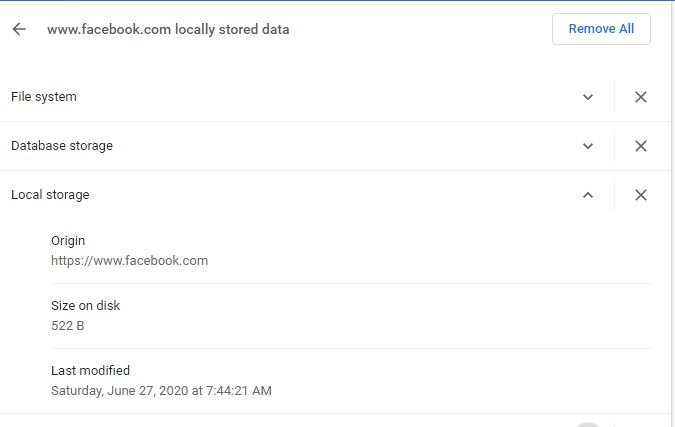
Cookies are not all bad. They help store site preferences, keep you logged in, and can even help prevent you from seeing an ad too many times. It’s the key mechanism to Facebook ads.
So we now have data stored on our browser that Facebook uses. Let’s go to a different site. If I go to GuitarCenter.com to look at Gibson Les Paul Juniors, everything looks normal. However, let’s look at something that is running in the code of the page.
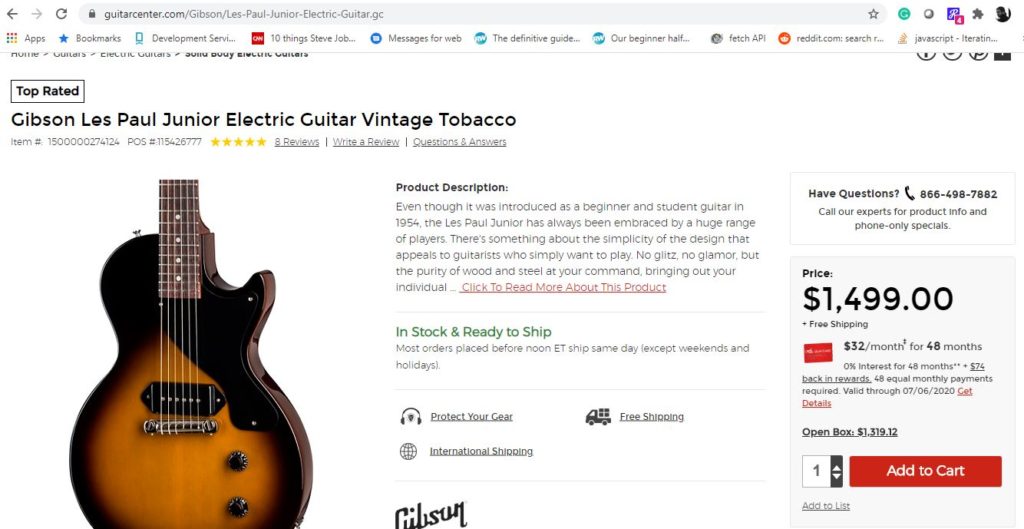

We can see some Facebook code running. Guitar Center puts this code on their website so they can advertise guitars on Facebook, specifically to people that visit their site. They could get more specific and advertise the guitar I was looking at, the Les Paul Junior. If you’re unfamiliar with this process, this can look nefarious. However it’s a very common practice. Most sites have this code running. What this allows companies to do is to set up advertising for their website, to appear on Facebook. This practice, retargeting, and can be effective because there is known interest.
The other common way marketers can advertise on Facebook is creating an advertisement, selecting an audience based on demographic data and just letting it run. For example, a local guitar store in Toledo could create an ad for guitars, and then tell Facebook to only display it to people who live in a 25 mile radius of the store, who are interested in guitar. I fit this description, but it can be less effective because, maybe I’m not in the market for a new guitar. Maybe I have friends who are into guitar but I, personally, am not. In my experience, this type of advertising is far less effective than retargeting ads.
How does Facebook know what you’re interested in? It’s based on the things you click on Facebook, and remember that Facebook pixel that almost every site on the web runs? That pixel gathers this data too. However, you can see this data and change it as needed.
I’m on the desktop web version of Facebook, however, these settings can be found in the mobile version as well. Begin by clicking on the drop-down arrow at the top right, and click on “Settings and Privacy”.
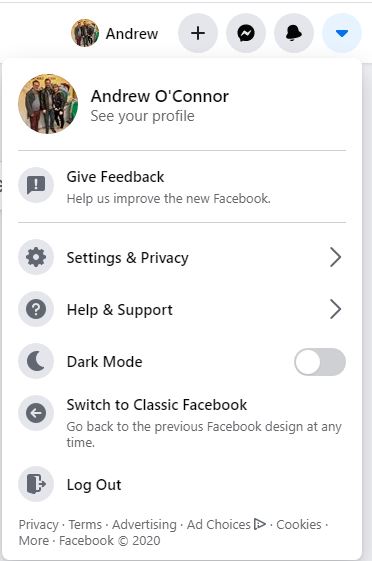
Once you are in Settings and Privacy, click “Ads”.
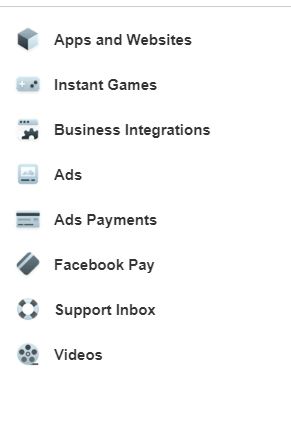
Then click on “Your Interests”. This will show you all of the things that Facebook associates with your profile. When an advertiser sets up an ad, they can choose to show it to Facebook users who have interests in certain categories. This appears to be where the “creepiness” comes from. Facebook knows your birthday, because when you sign up for the account, you put in your birthday. Facebook knows your relationship status, because you update that as the user. However, you don’t put in these items. Facebook collects it.

For example, if I go under the technology section, here are the items I’m interested in.
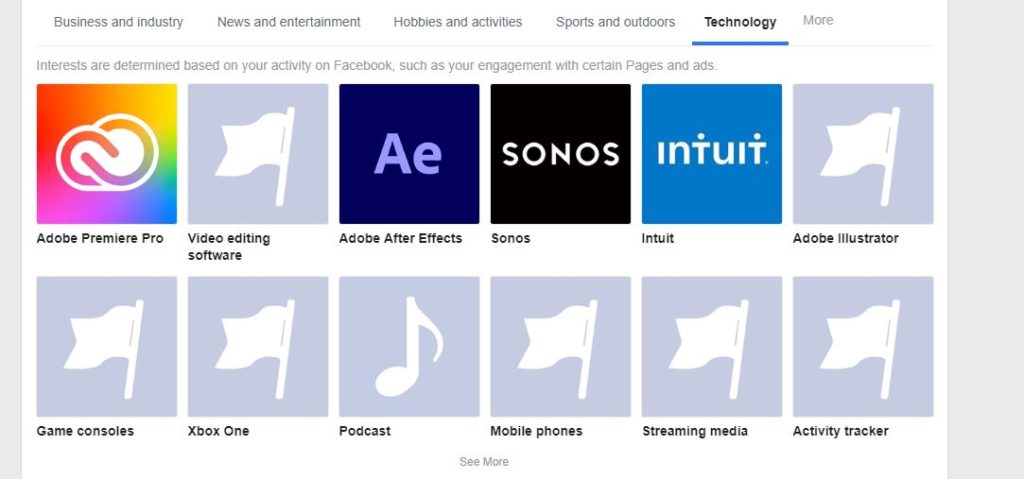
I’d say that is accurate information. A person who sells tutorials on Adobe After Effects might run a Facebook ad for their course, and I might see it based on my interest in that software.
Facebook is far more transparent with data now, than ever before. You do need to know where to look. The scope of this piece is exclusively for advertising on Facebook. There might be other data uses not covered here, and those uses might be less transparent. However, in terms of advertising, your data window is easy to find if you know how to clean the glass.